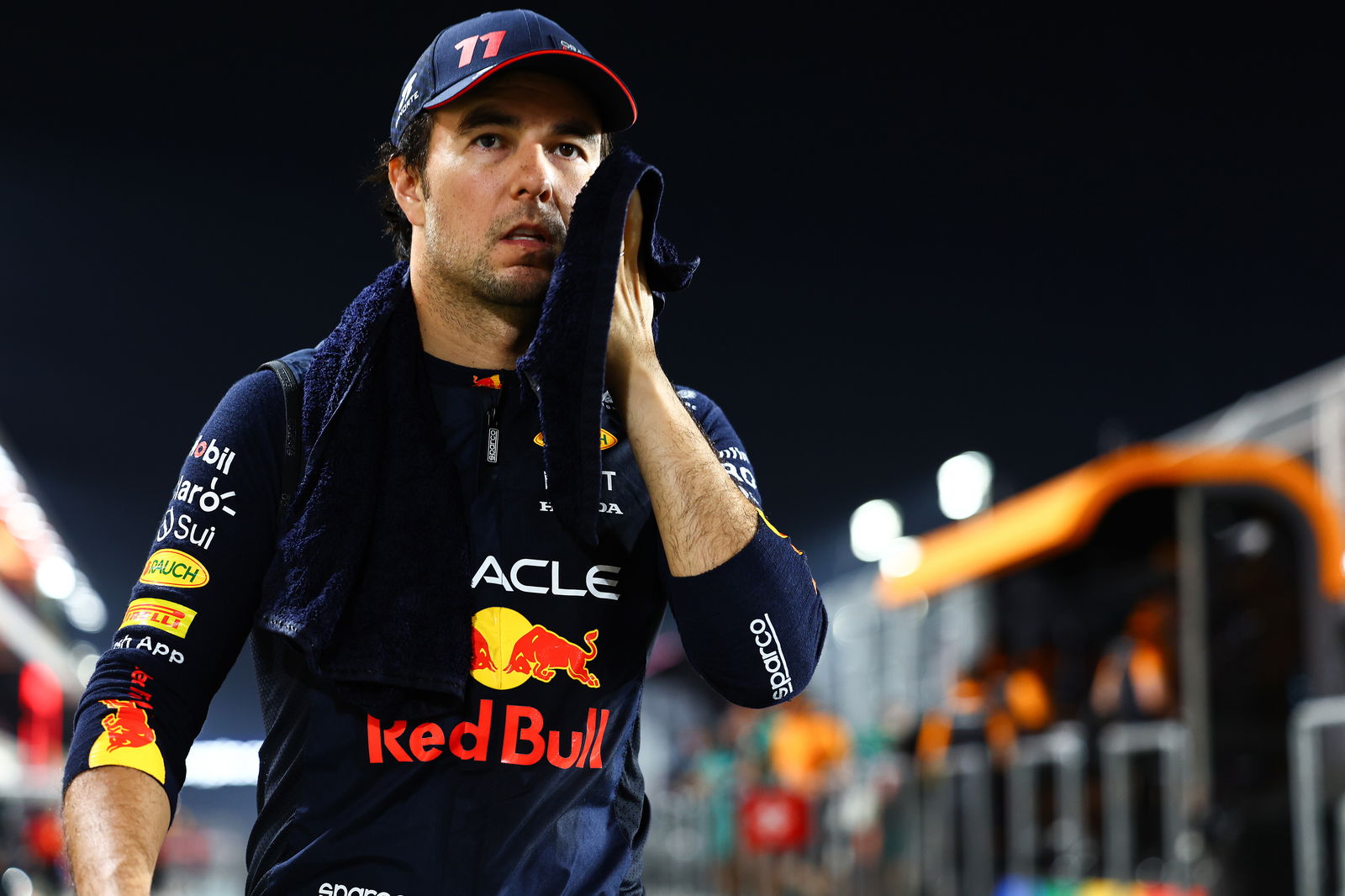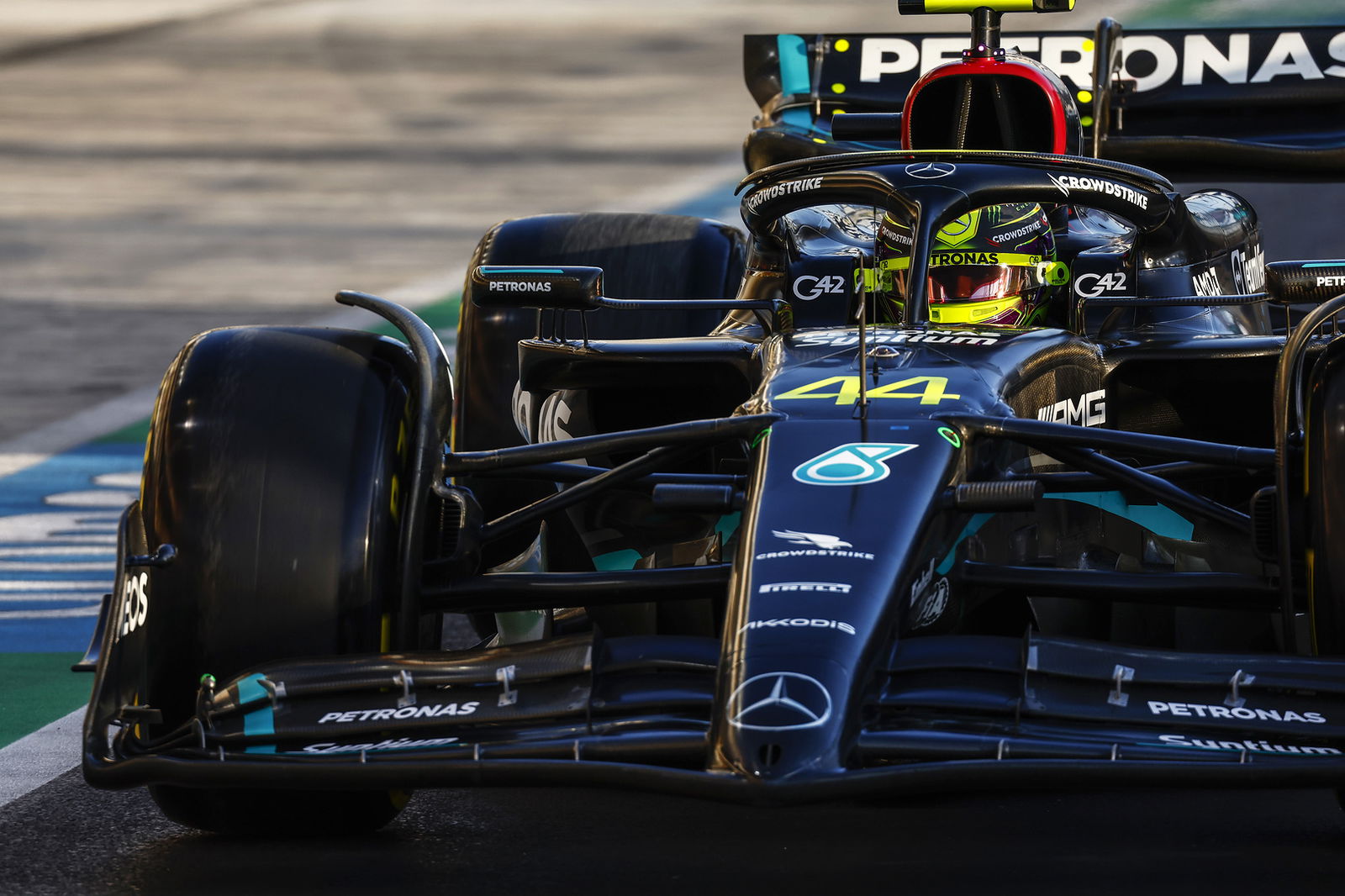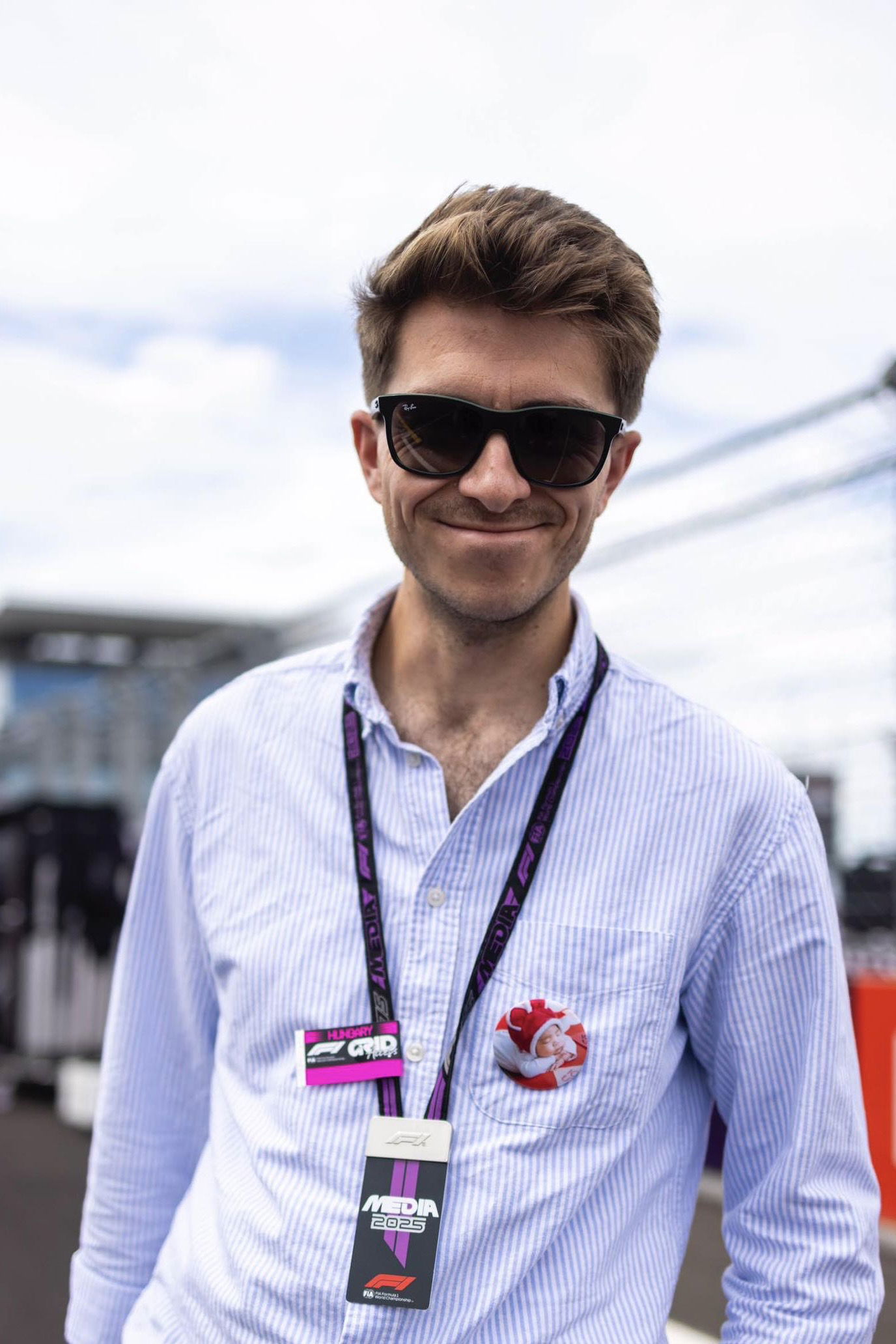Possible solution to combat F1 driver heat issue? GPDA chief Alex Wurz calls for 'cooling seats'

Ex-F1 driver Alex Wurz, who is the chairman of the Grand Prix Drivers’ Association (GPDA), says that every team should be looking into producing ‘cooling seats’ to help regulate body temperature and limit the negative impact on the human body.
A number of drivers reported feeling unwell, dehydrated and even experiencing fainting episodes while taking part in Sunday’s 57-lap race, which was held amid high humidity and temperatures exceeding 30C.
Some even had to seek medical attention afterwards, with Williams driver Alex Albon treated for acute heat exposure. His teammate Logan Sargeant retired from the race because he could no longer cope with the conditions.
Aston Martin’s Fernando Alonso revealed he had been burned by his seat due to the extreme temperatures inside the cockpit.
Wurz insisted this is an issue that goes beyond fitness.
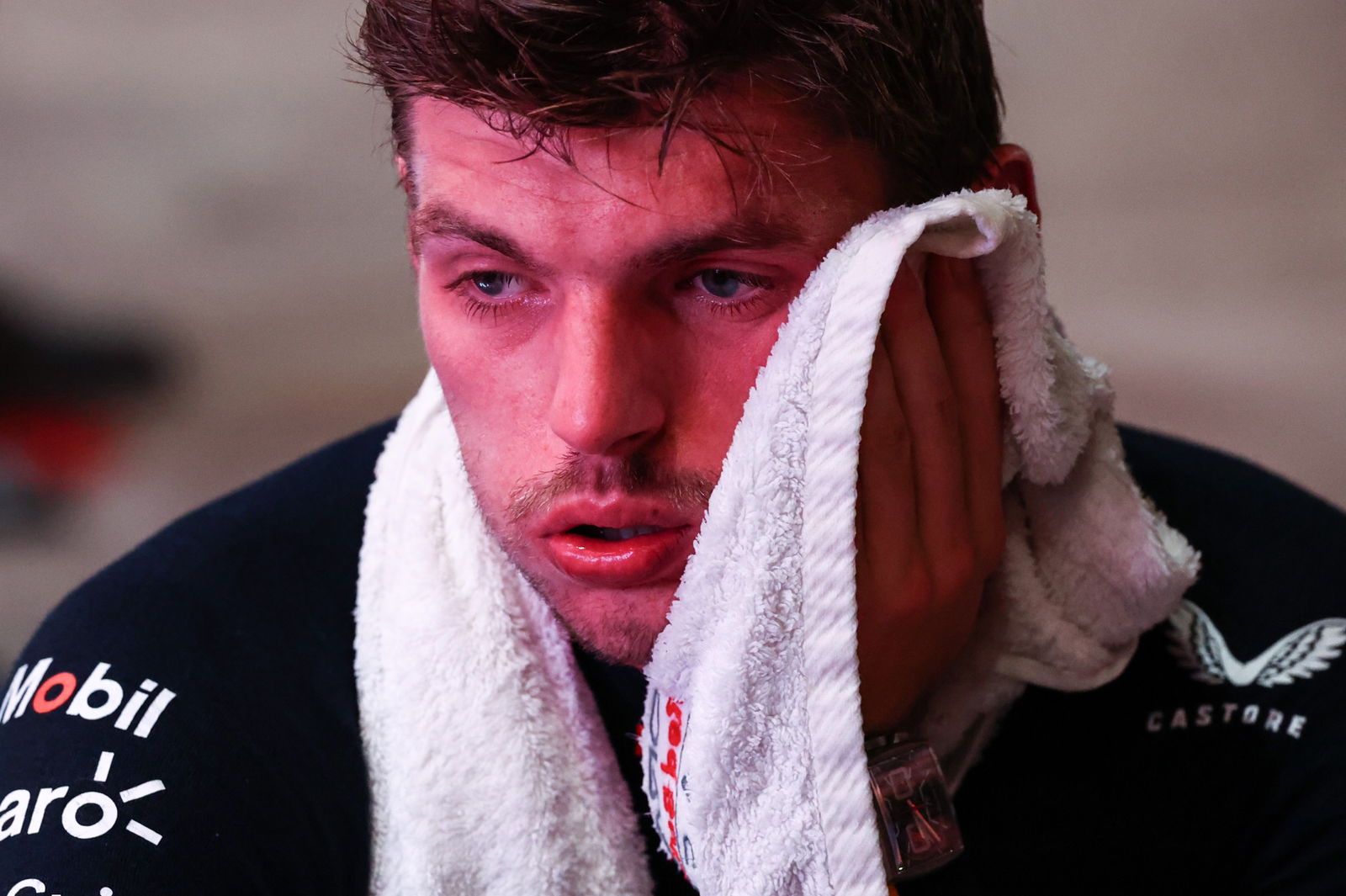
"It's too easy to say: 'Here is a gym membership - get on with it,'" Wurz told BBC Sport.
“There are multiple contributing factors which need to be understood by everyone.”
"My initial thoughts revolve around lessons from other categories which have shown heat as a limiting factor for drivers.
"Cooling seats, for example, work very well and are not too difficult to produce and install. That is something every team should already be looking at.
"There needs to be better insulation and/or air cooling for very hot electrical boxes, which are often sited near the drivers' seat, or in the future reroute hot hydraulic lines, so the driver's seat environment is not overheating.
"The entire rules set has tests and limits for many parts of the car. Given the driver is one of the performance parts of the equation, perhaps it is time to look at defining limits to the heat they are subjected to.”
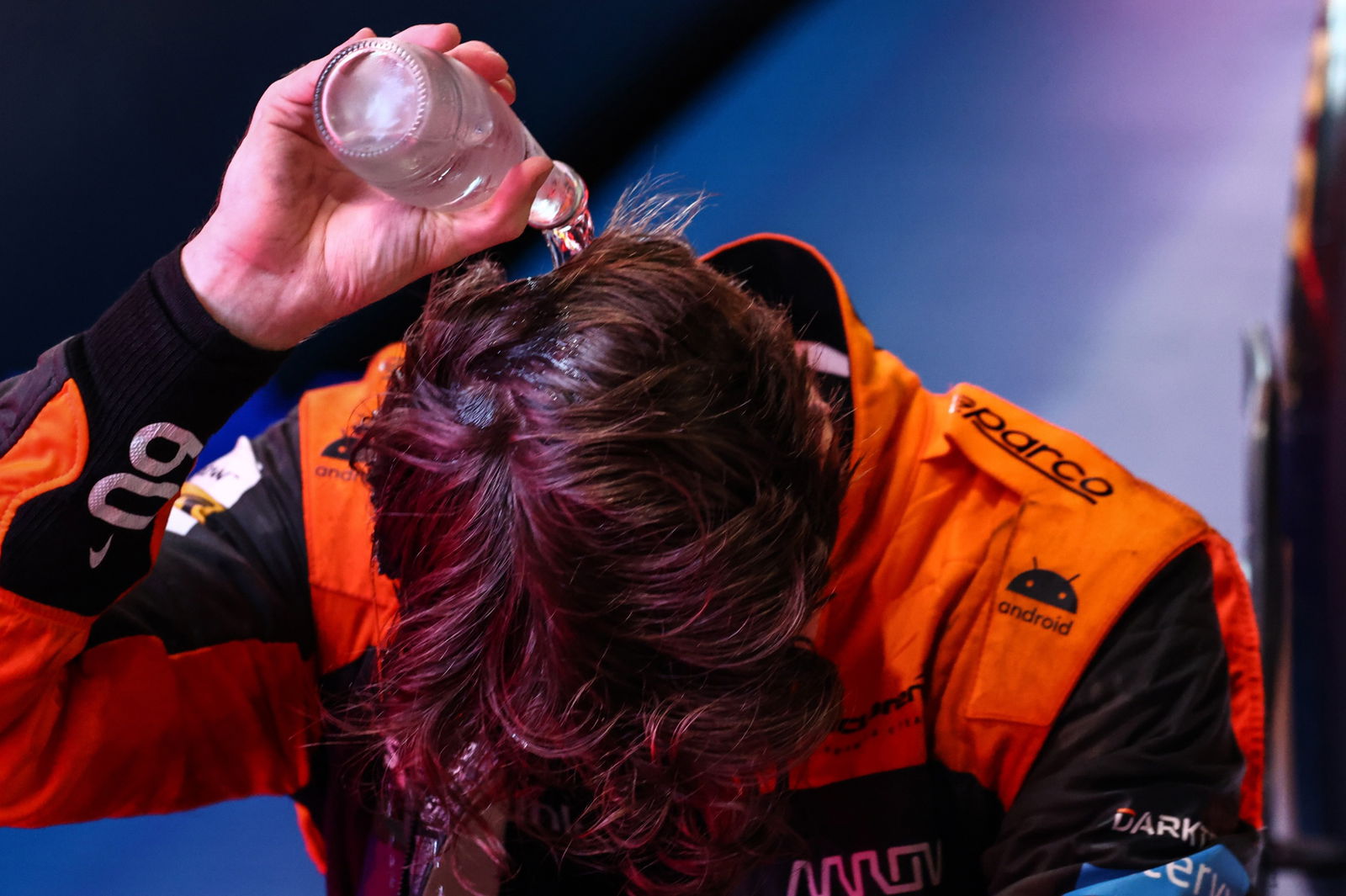
Tougher fire protection standards for F1 racesuits were implemented prior to Romain Grosjean’s fireball crash at the 2020 Bahrain Grand Prix.
Wurz admitted one of the drawbacks of the updated firesuits is that they offer reduced breathability.
"They cook you,” he explained. “I recently tested a car while wearing the new mandatory fireproofs, and I was shocked how hot I was.
"Of course those fireproofs are here for a very good reason and I am not suggesting a return to lower fireproofing standards, but for those who are not aware what is happening, that is one of many contributing factors."
